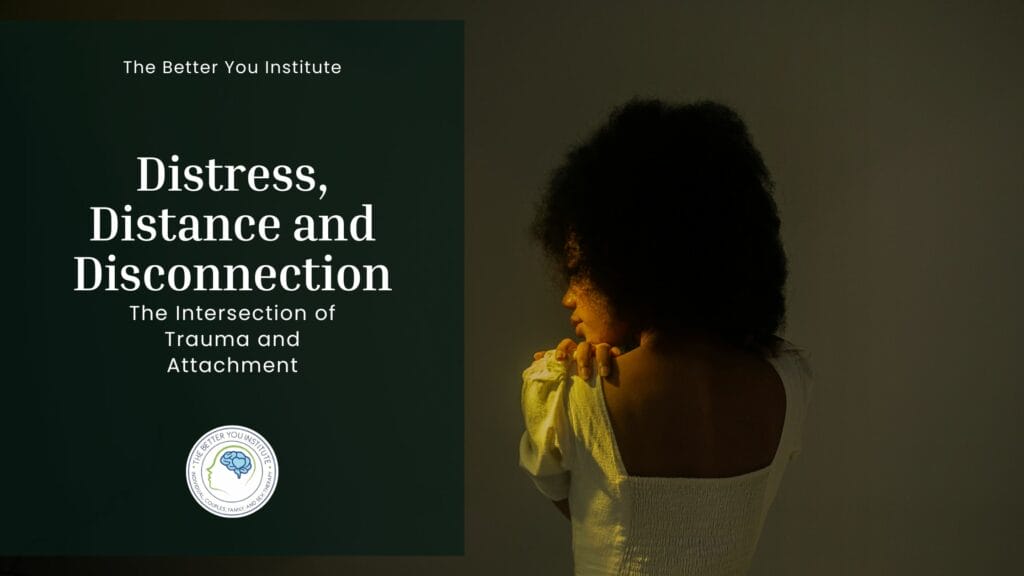Considering therapy, but not sure how the gender of the therapist affects the therapeutic relationship or therapist’s approach? You are not alone in asking whether the sex or gender of the therapist matters. Your last therapeutic relationship may have had an impact on you and you are searching for something different: a way to challenge yourself within your own limits and boundaries, finally wanting to get rid of those haunting skeletons from your closet, gain insight of your needs from a different perspective, or explore genderism in the therapeutic relationship with a new therapist. It is challenging to see yourself step outside of the traditional gender view that your therapist is an older female who has sage wisdom and advice (she’s also got an amazing collection of books and cozy pashmina). How could a male-identifying individual ever be your therapist? It may be helpful to understand how does gender affect counseling and the therapeutic relationship impacts your progress in therapy especially when a person’s gender may be a trigger for you.
Table of Contents
What is Genderism?
Genderism refers to the belief that there are only two genders.* This belief is a common factor in identifying who may be the right fit for you when considering therapy. Some concerns you might have in regards to working with a therapist who identifies as another gender than your own may be:
- Sensitivity to your symptoms and your traumatic experience(s)
- Level of cultural awareness and knowledge
- Empathy to what your experiences are within your gender
- How will that therapist view me and my needs?
If you find yourself considering some of these concerns due to genderism in the therapeutic relationship, it may be time to explore how to break free from these challenges. Mental health professionals must consider the recurrent scarring of traumatic histories during the therapeutic intake and assessment process. This informs treatment for multiple concerns including self-harm behavior and post-traumatic stress disorder (PTSD).**
How trauma impacts genderism in the therapeutic relationship.
People who have experienced traumatic life events come from different backgrounds. Each individual seeks their own way to achieve goals and objectives through therapy. This may include working through genderism in the therapeutic relationship. The impact of genderism in a therapeutic space can be valuable to address in therapy. You can have a healthy, corrective experience when working with a therapist that identifies differently than you when they meet your needs.
From therapeutic and counseling perspectives, there have been a handful of reported approaches to working with individuals who are identified as survivors of sexual abuse and alternative traumatic life events including art therapy, EMDR, TF-CBT, and narrative therapy. Historically, literature has reported on patients’ comfort levels related to the therapist’s gender when disclosing personal trauma in therapy.***
The considerations of a patient’s level of comfort and willingness to disclose due to genderism presence may impact the therapeutic relationship through transference, countertransference, and treatment approaches. Transference is the process by which internal emotions originally associated with one person or object are unconsciously shifted and projected onto the therapist. Countertransference is a psychotherapist’s own repressed feelings in reaction to a patient’s emotions, experiences, or problems.
Gender roles in the therapeutic relationship.
You may find that there are many individuals in your life who currently see a therapist who identifies as a female. Increasing the population of male-identifying therapists in the field of counseling has been a challenge as many other traditionally female predominant fields. Research has discovered that female-identifying individuals have typically preferred to meet with a female-identifying therapist for treatment surrounding trauma and other topics one may consider to be sensitive in nature.**** This dynamic in therapy can be challenging when considering genderism in the therapeutic relationship.
Awareness and definition of gender roles.
A consequence of being a male in the field of counseling is modifying the title of the therapist to a male therapist which engenders a system of expectations and characteristics, typically masculine ones. It is often that those seeking masculine counselors are wanting help for assertive concerns whereas feminine counselors are sought out for more personal concerns such as sexual abuse and trauma. However, there may be a male that you know directly or indirectly who has challenged the stereotype that all males are assertive and lack emotional availability, cultural awareness, and sensitivity. Cultural sensitivity is important to be aware of as therapists and humans sharing spaces beyond the therapy office. Awareness that these stereotypes of gender and sex roles do exist can be transformative for you to explore in our work together.
My role as your therapist.
Through education and training of various therapeutic approaches, a male-identifying therapist may have likely processed through their countertransference from working with individuals who have struggled through various sensitive issues and topics. In my work, I often invite individuals to ask me questions, which in turn I provide transparency and genuine support to promote a sense of warmth, compassion, and empathy for your struggles.
You have the ability to navigate through your comfort and identify your needs, sensitivities, and inform your guided treatment in therapy to overcome the genderism that has held you back for so long. In the literature that I have read and shared experiences with male-identifying colleagues at conferences, I have recognized the positive impact that male art therapists and counselors have had on survivors of trauma. This has in turn increased my willingness to not only be a healthy male role model but also increased the value and respect to hold a safe space for you to foster your own creative self-expression on your terms.
Next steps.
If you have found that voice holding you back from picking up the phone to find out more about a potential therapist because of their gender, I encourage you to think about the following steps:
- Allow yourself to identify your reasons for seeking therapy.
- Create your narrative while respecting your boundaries and sensitivities (genderism included).
- Identify your strengths and limitations.
- Create measurable goals for yourself to achieve in a reasonable amount of time while in therapy.
- Do your research and see what this potential therapist has to offer (i.e. What can be different this time? How can their support help me work past this trigger or life event? What are the treatment approaches available and offered by them?).
- Take ownership of the biases you are aware of and how they might impact your everyday relationships.
Remember, trying new things may be difficult. If you have questions or want to find out more about working past genderism in your transference through therapy, you can call The Better You Institute’s therapist in Philadelphia to make an appointment at 267-495-4951. We are currently also offering online therapy and counseling for anyone that lives further away, or is nervous about seeing a therapist in person
- * American Psychological Association of Graduate Students, 2015
- ** Mason & Lodrick, 2013
- *** Blier, Atkinson, & Geer, 1987; Hardin & Yanico, 1983; Highlen & Russell, 1980; Schwartzberg & Hammer, 1968
- **** Brodsky (as cited in DeVoe, 1990)







